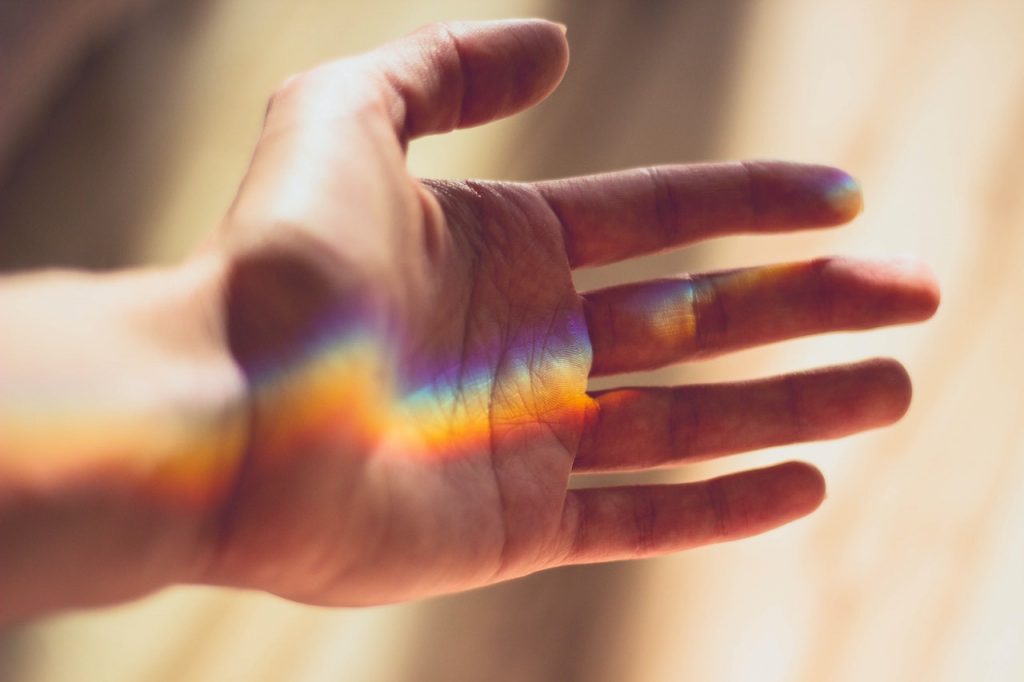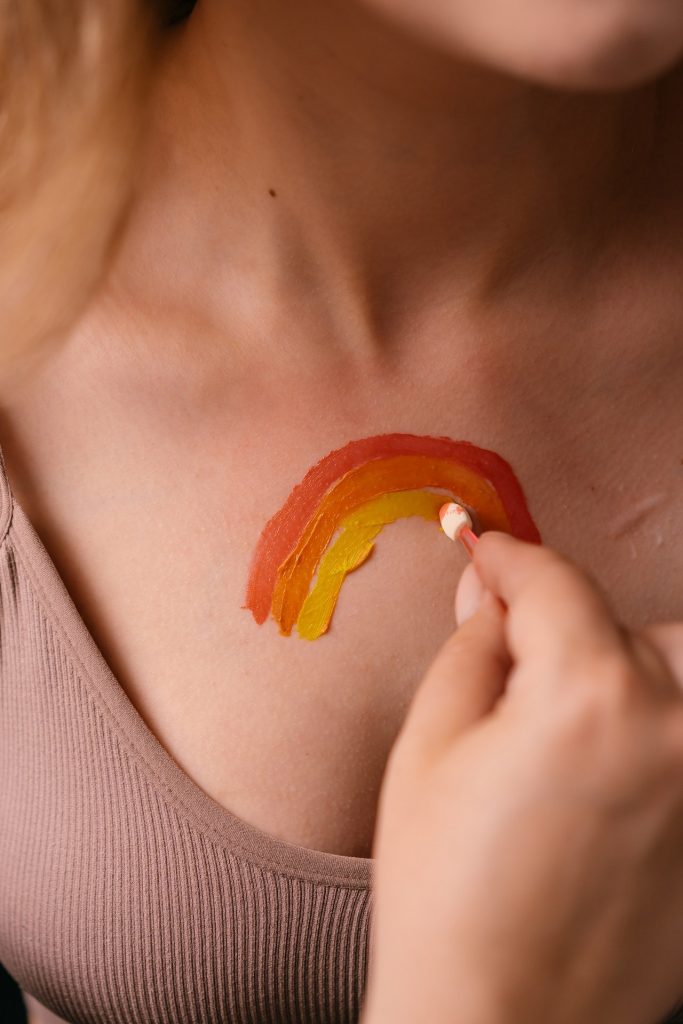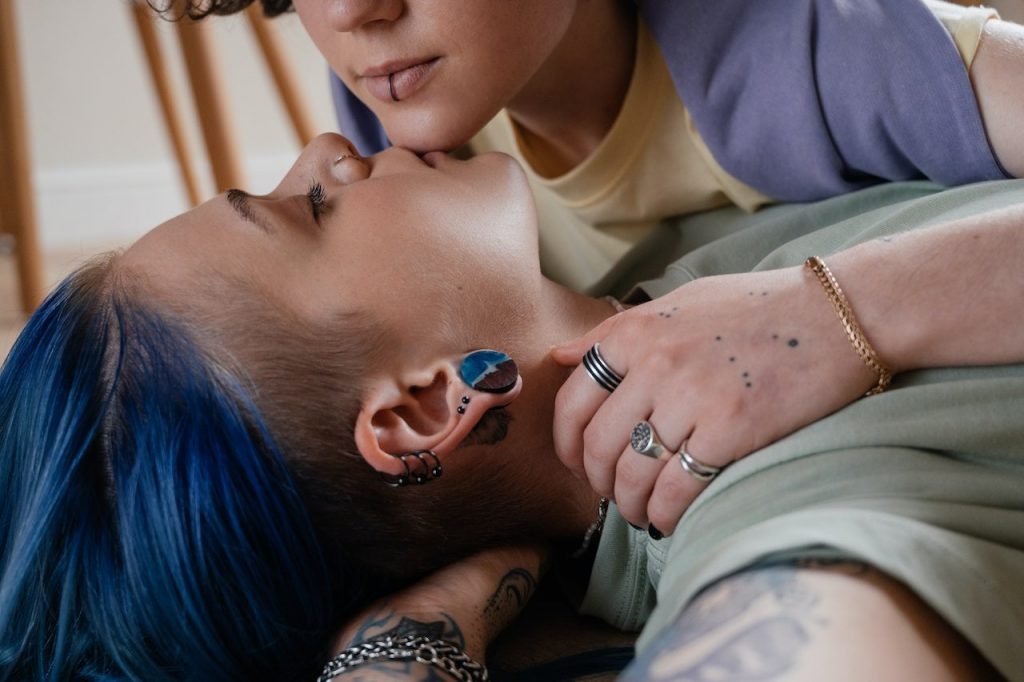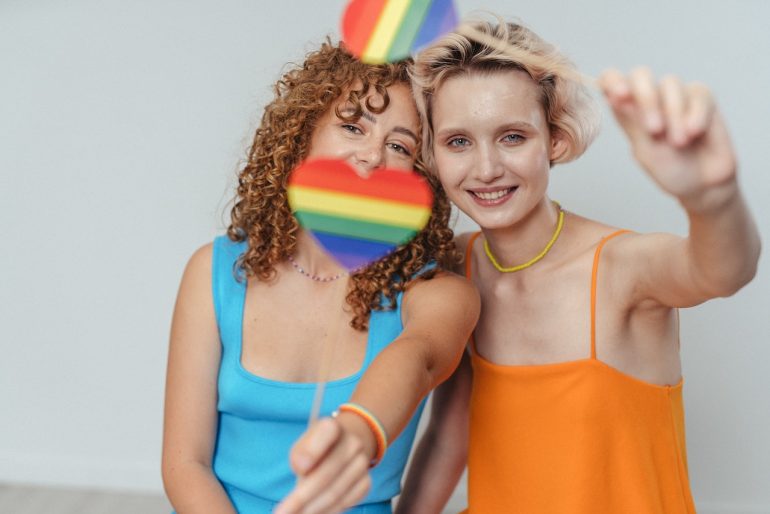From
invisibility to the center stage: the LGBTQIA+ movement has a remarkable
history, and we want to celebrate it in Pride Month. Because all too often, not
enough attention is paid to past achievements. And we want to fix this. So, on
top of all the extravagant celebrations for Pride Month, we’re highlighting the
pioneers of the LGBTQIA+ community and what milestones have already been
achieved. How did the LGBTQIA+ movement develop, why is the rainbow the community’s
iconic symbol, and why is and has love always been so important?!
Let’s
start by looking at the past to help us better understand the changes.
The origins of the LGBTQIA+ movement
- Stonewall riots: The Stonewall riots in 1969 were a crucial turning point in the history
of the LGBTQIA+ movement. After years of discrimination and police violence
towards the LGBTQIA+ community, unrest broke out in Stonewall Inn Bar in New
York City when patrons resisted another raid by the police. These events led to
wider mobilization and increasing visibility of the LGBTQIA+ community.
- The early days of the organizations: The 1970s saw the birth of several organizations and activist groups who campaigned for the rights and recognition of LGBTQIA+ people. The founding of the Gay Liberation Front and Gay Activist Alliance in the U.S. were key milestones on the road to establishing an organized movement. These organizations campaigned for equality and fought against discrimination and prejudice.
- The AIDS crisis: The spread of HIV/AIDS in the 1980s had a devastating impact on the LGBTQIA+
community. The government and society initially reacted by stigmatizing and
neglecting the victims. However, this led the LGBTQIA+ movement to ramp up its
efforts. Activists fought to educate the public, medical assistance, and the
rights of people with HIV/AIDS.
- The forerunners: Although the expression “LGBTQIA+” is relatively new, there is a long history of individuals and groups who have championed sexual and gender diversity. In the early 1900s, activists in Europe and the U.S. began to argue for the rights of homosexuals. The term “LGBT” (Lesbian, Gay, Bisexual, Transgender) became widespread in the 1990s when it was used as an umbrella term for the community of lesbian, gay, bisexual, and transgender people.
- The development: Over time, the original term was extended to include a broader range of sexual orientations and gender identities. The addition of “Q” for “Queer” or “Questioning,” “I” for “Intersex” (people with variations of biological gender characteristics), and “+” to represent other identities and forms of expression was an attempt to reflect the more inclusive nature of the community.
- Successes and progress: The LGBTQIA+ movement continues to move forward and champion a broad
range of issues, such as the rights of transpeople and queer people of color.
One of the most important events during this period was the introduction of
marriage for all in many countries and states.
The rainbow as a symbol for human rights, equality, and acceptance
The LGBTQIA+ movement has not only helped to change laws and fight discrimination – it has also transformed society’s awareness and perception of sexual and gender diversity. Now it is inextricably linked with its symbol: the rainbow.

But why is the rainbow such an iconic symbol of the movement?
The rainbow first became popular as a symbol for the LGBTQIA+ community during the “hippy” 1970s. It was a time of social upheaval with a spirit of optimism in the air, when many social movements including the LGBTQIA+ movement gained momentum.
The artist and activist Gilbert Baker is often associated with the creation of the first rainbow flag in San Francisco in 1978. The rainbow flag was intended as a symbol of unity, diversity, and strength for the LGBTQIA+ community.
The original rainbow flag featured eight colors which had different meanings. Find out what makes up the rainbow flag today and what it stands for here.
Life is colorful – just like you. Be proud!

The rainbow flag became a powerful and ubiquitous symbol of the LGBTQIA+ movement and its demand for equality and acceptance. It stands for the diversity of sexual orientations and gender identities within the community and represents the pride and visibility of LGBTQIA+ people around the world. The rainbow reminds us that sexual and gender diversity is a valuable part of our society and that we all have the right to be proud of our identity.
What else does the rainbow represent? As a symbol, apart from the LGBTQIA+ movement, it also has a strong emotional meaning linked to identity. It stands for strength, diversity, love, and hope! Just the sight of it makes you feel calm and happy!
LOVEISLOVE: Celebrate yourself and all aspects of love

Love and
especially tolerance of love for all sexual identities and orientations is
hugely important within the LGBTQIA+ community, as it acts as a driving force
for self-acceptance, respect, and solidarity.
At pjur, because we stand for R-E-S-P-E-C-T, we’ve summarized the 5 most
important insights about love within the LGBTQIA+ community.
- Self-acceptance: In a world that often makes people feel other or not normal, self-love plays a vital role. The ability to accept and love yourself is a powerful step on the road to boosting your identity and self-esteem. At pjur, we support you in getting to know yourself and enjoying a sex life free from taboos. Did you know? A satisfying sex life boosts self-confidence and is the basis for a good quality of life!
- Acceptance and solidarity: Love within the LGBTQIA+ community also means accepting and supporting other members. The diversity within the community, whether in terms of sexual orientation, gender identity, or biological characteristics, is seen as a valuable resource. By loving and respecting each other, we create an environment that is open to diversity and where everyone feels listened to and valued.
- Love as resistance: In a society where LGBTQIA+ people are often denied equal rights and opportunities, love is an act of resistance. By loving yourself and other people, you are fighting against prejudice, stereotypes, and discrimination. Love can act as a powerful instrument to call into question social norms and restrictions, and spark changes.
- Community and support: Love within the LGBTQIA+ community creates a feeling of belonging and solidarity. It enables members to back up each other, discuss experiences, and campaign for changes together. This supportive community provides space for growth, healing, and empowerment.
- Love is universal: Ultimately, the love within the LGBTQIA+ community reminds us that love is a universal language that connects people, whatever their sexual orientation, gender identity, or biological characteristics. It reminds us that each of us needs love, affection, sex, and relationships.
We’ve shown how the LGBTQIA+ movement has grown, why the rainbow is such a
valuable symbol, and why love is THE power that we need for self-acceptance,
acceptance of others, resistance against discrimination, and a strong
community.
By understanding and acknowledging the history and progress of the LGBTQIA+ movement,
we can continue to work for an inclusive society, where everyone has the same
rights and opportunities. So, spread #loveislove and celebrate your diversity.
#pjur #pridemonth
Image sources: pexels-shvets-production-9050009, pexels-valeria-boltneva-87584, pexels-mikhail-nilov-8669367, pexels-shvets-production-8417074
